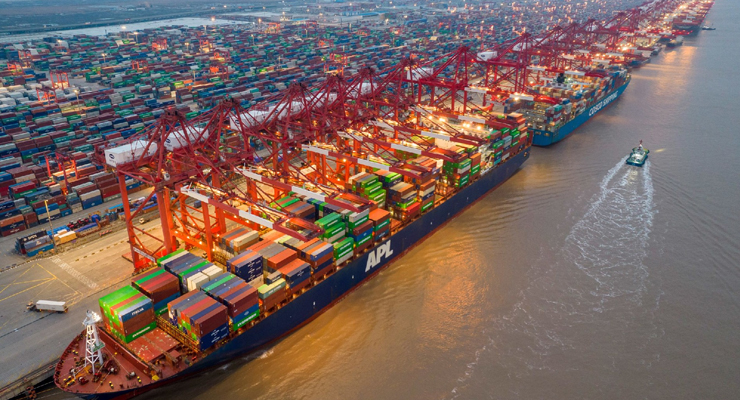
OPEN-SIDE CONTAINERS
These containers are also like general purpose containers, only the doors can open completely on the side as well. Loading and unloading are much easier because of the wider room and access. You’ll often find open-side containers available in sizes of 20 feet and 40 feet. They provide a suitable amount of room
for goods you can’t fit through regular doors.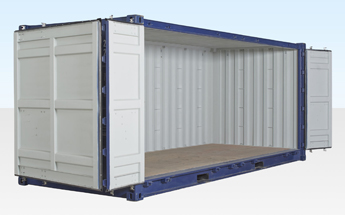
ISO REEFER CONTAINERS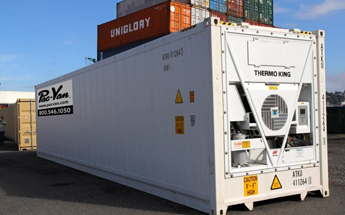
Operators use ISO reefer containers to ship temperature-sensitive, perishable goods such as meats, fruit and vegetables. To keep the temperature regulated, they depend upon external power. ISO reefer containers often come in sizes of 20 feet and 40 feet. Weathering steel, which contains alloy elements that offer corrosion resistance and make it stronger than lower carbon steel grades, and which is often known as ‘COR-TEN steel’ is commonly used for these containers.
INSULATED CONTAINERS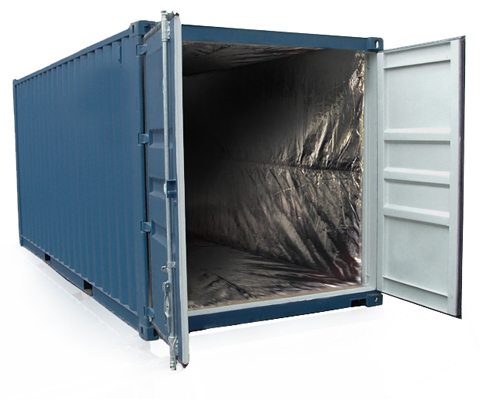
Just like an ISO reefer container, an insulated or thermal container has regulated temperature control, only these containers are designed to withstand a higher temperature. The container’s mechanical compressor heats or cools the air within the container. Insulated containers are ideal for transporting products such as food, pharmaceuticals, blood, organs, biological materials and chemicals over long distances.
HALF-HEIGHT CONTAINERSISO TANK CONTAINERS

is your cargo heavy and dense? half-height containers are designed for this and are excellent for transporting coal and stones, which makes them ideal for use in the mining industry. the low centre of gravity of half-height containers allows them to cope with heavier loads than taller containers and makes them robust and versatile enough to handle rough industrial environments. half-height containers are also easy to load and unload.
ISO TANK CONTAINERS
Tankers, as tank containers are more commonly known, are designed for transporting and protecting liquid materials for a long time. These containers must be 80% full to prevent dangerous surging of the materials while the container is in transit; however, at the same time, they must not be more than 95% full, so that they leave room for thermal expansion. ISO tank containers are made of steel and other anti-corrosive materials.
-
 A Comprehensive Guide to Refrigerated ContainersJun 17,2025
A Comprehensive Guide to Refrigerated ContainersJun 17,2025 -
 Guide to 20ft & 40ft Shipping Container Dimensions for Global LogisticsJun 17,2025
Guide to 20ft & 40ft Shipping Container Dimensions for Global LogisticsJun 17,2025 -
 How to track shipments sent from ChinaMay 13,2025
How to track shipments sent from ChinaMay 13,2025 -
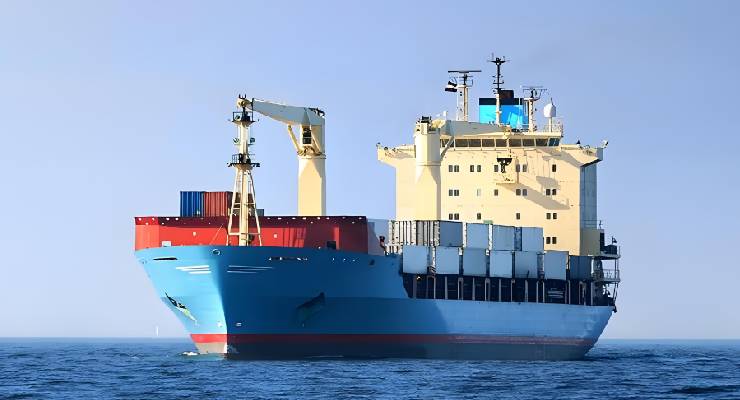 Guide to Importing and Shipping Cars from China to UAEMay 13,2025
Guide to Importing and Shipping Cars from China to UAEMay 13,2025 -
 Guide to Importing and Shipping Camping Gear from ChinaMay 07,2025
Guide to Importing and Shipping Camping Gear from ChinaMay 07,2025 -
 Shipping from China to YemenMay 06,2025
Shipping from China to YemenMay 06,2025

